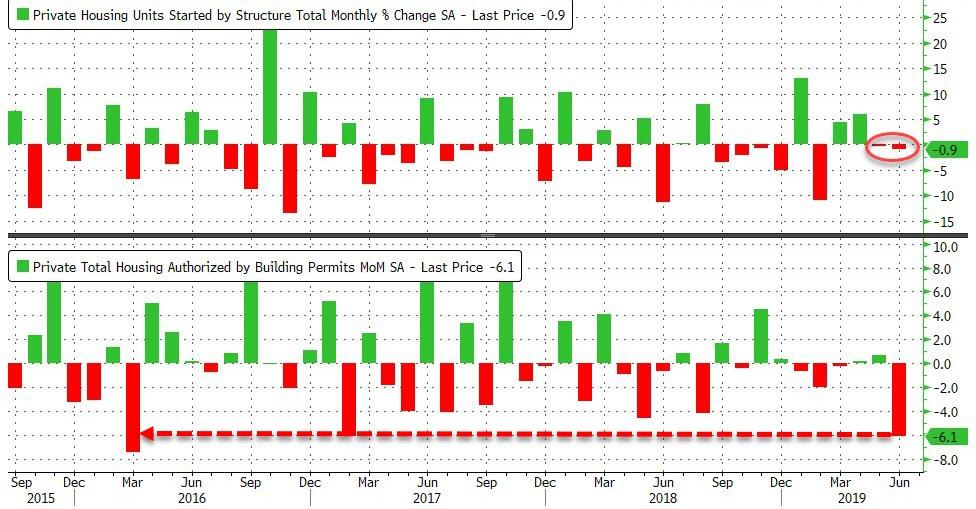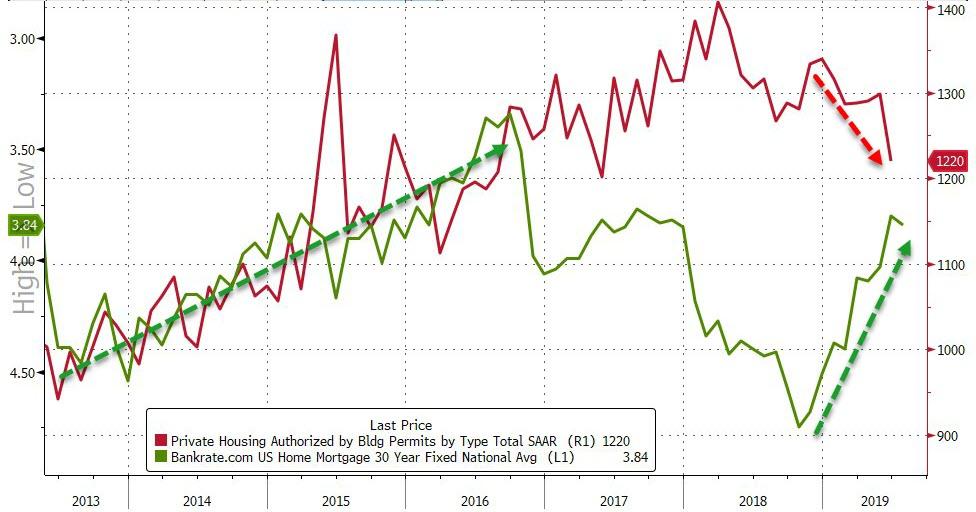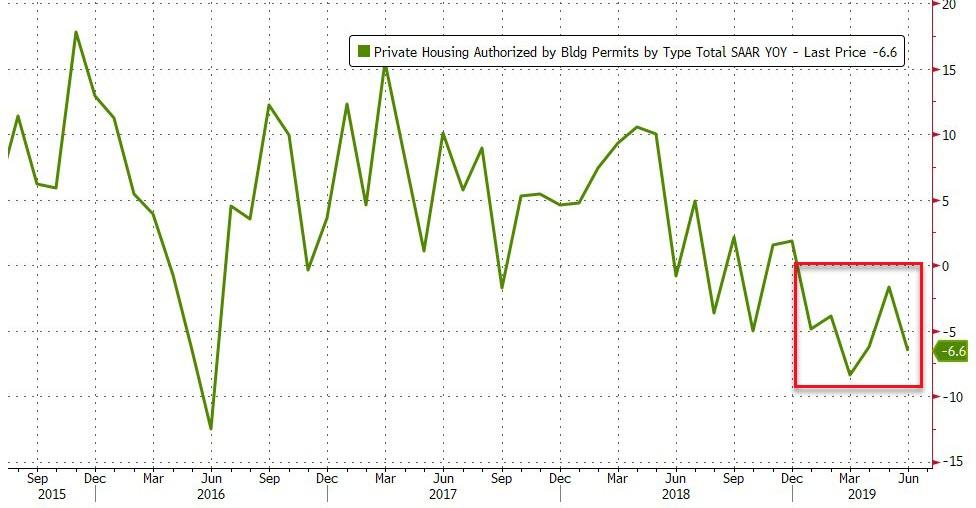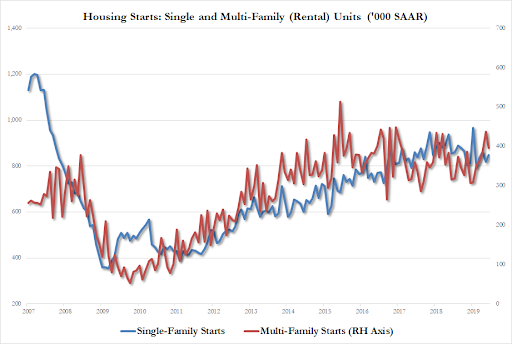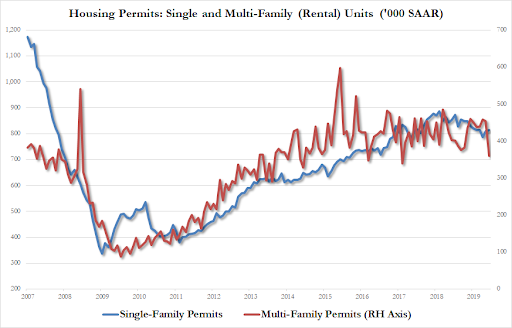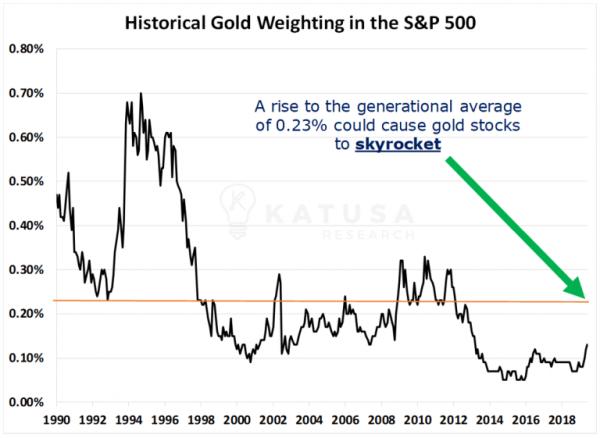Decades after the U.S. abandoned
Shelton’s longtime promotion of a return to a gold standard is so out of the mainstream that it’s likely to be an obstacle on her road to Senate confirmation. Yet it’s only one of several ideas she has espoused that would redefine — and diminish — the Fed’s role in the economy. And that matters because, while Shelton would be only one of seven Fed governors if confirmed, she could be in line to chair the central bank if Trump wins reelection.
A gold standard would make deficit spending much more expensive. It would limit the central bank’s ability to take the kind of extraordinary measures that it did during the financial crisis to stop the economy from going into
“The gold standard would probably shatter a lot of people’s dreams around the world right now,” said Sen. Richard Shelby (R-Ala.), a key member of the Banking Committee, which will vet her nomination. “There was a reason to get off of it.”
“I’ve
For her part, Shelton says she’s glad the topic is being discussed. “I am actually quite grateful that these ideas, that have been my focus for some 25 years, are being elevated to the level of public debate without people’s eyes glazing over,” she wrote in one of multiple emails to POLITICO.
While even Shelton agrees that the U.S.
That's particularly true among those with a strong distrust of the Fed — a camp that includes Shelton.
While both the 2012 and 2016 Republican Party platforms called for a new commission to consider fixing the dollar’s value to a precious metal, most economists argue that returning to gold would prevent the central bank from acting in the best interest of the economy. They also say it would attempt to aggressively head off a problem that hasn’t existed for decades: runaway inflation.
In 2012, the University of Chicago’s Booth School of Business asked 40 prominent economists whether a return to the gold standard would be better for the average American. All of them said no.
Support for tying the dollar to gold's value makes a Fed candidate “manifestly unqualified, in the same way I wouldn’t have a surgeon general who supported leeches and bloodletting,” said Jason Furman, a Harvard professor and former chief economist to President Barack Obama. “It handcuffs the Fed and locks them into focusing on an objective that has no underlying reality, which is the price of the dollar relative to gold.”
Republicans have not publicly voiced concerns about Shelton herself, whose selection comes in the wake of senators’ objections to Trump’s last two picks, Stephen Moore and Herman Cain — both forced to withdraw. But neither are GOP senators embracing the idea that has been central to her policy advocacy for more than two decades.
“I haven’t had a chance to drill down and study what she has written and what she has said, and I’ve never met her,” he added, a sentiment echoed by Sen. Mike Rounds (R-S
Some senators are ignoring the question entirely. “I don’t think it’s relevant,” Sen. Tim Scott (R-S
But talking about Shelton’s decades of work means talking about gold, and her candidacy for the central bank gives her a bigger platform than ever to make her case.
The dollar is now valued by trading on the open market, rather than having a fixed value in terms of gold, and its price often appreciates in connection with positive developments in the U.S.
She says returning to an authentic gold standard — in which dollars are redeemable for a certain amount of gold — “would not be feasible” now, because there are too many dollars in circulation relative to the U.S.
- Source, Politico




